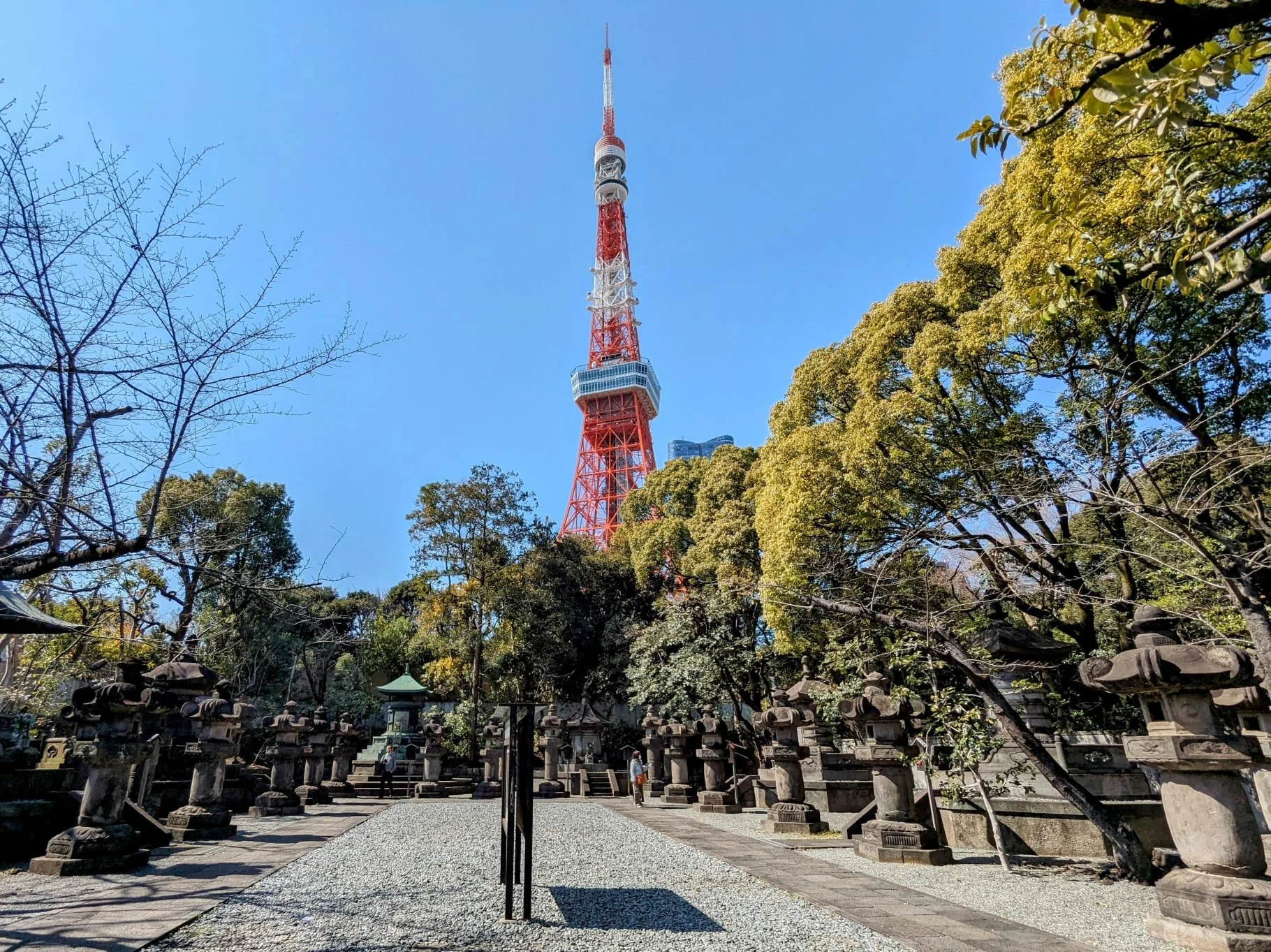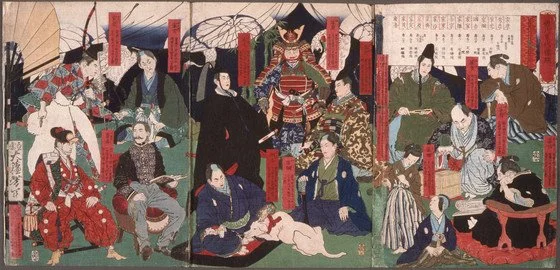Tokyo Tour: Zojoji Temple, The Resting Place of the Tokugawa Shogunate
Pictured by our tour guide, Laura, on a Tokyo tour (Tokugawa Family Mausoleum with Tokyo Tower in the background)
Located among the bustling streets of modern Tokyo lies a place steeped in history and tradition, where the story of one of Japan's most powerful families is kept alive. Zojoji Temple, a revered Buddhist site, stands as a reminder of the influence and importance of the Tokugawa Shogunate, serving as the final resting place for several generations of shoguns and their families. A shogun was a military ruler in feudal Japan who held significant power over politics, governance, and the military.
Courtesy: LACMA Collections (Portraits of the generations of the Tokugawa clan)
The Tokugawa clan, known for their strong authority and deep impact on Japanese society, ruled over Japan for more than two and a half centuries, from 1603 to 1868. At the heart of their rule was the city of Edo, which we now know as Tokyo, where they built their headquarters and turned it into a vibrant cultural and economic hub.
Zojoji Temple, along with Toeizan Kaneiji, was central to the spiritual life of the Tokugawa Shogunate in Edo. While Toeizan Kaneiji represented the Tendai Buddhist sect, Zojoji was the temple dedicated to the Tokugawa family. Within its sacred grounds lie the tombs of six Tokugawa shoguns: Hidetada (2nd shogun), Lenobu (6th shogun), Letsugu (7th shogun), Leshige (9th shogun), Leyoshi (12th shogun), and Lemochi (14th shogun).
But Zojoji Temple isn't just about the shoguns. It's also where their wives were laid to rest, like Sugeiin (Hidetada's wife, Ogonokata) and Seikanin (Iemochi's wife, Kazunomiya), alongside five other wives. Additionally, it's the final resting place for the children of the shoguns, like Tsunashige, the third son of the 3rd shogun, lemitsu, who was a lord of the Kofu domain.
Courtesy: TimeOut (Zojoji Temple)



